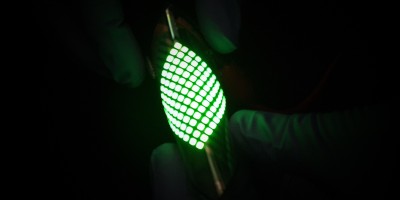Theoretical physicists have predicted that ultrashort laser pulses can be used to drive electrical currents through single molecules, and also to stop currents in molecular junctions.

References
Franco, I., Shapiro, M. & Brumer, P. Phys. Rev. Lett. 99, 126802 (2007).
Li, G.-Q., Schreiber, M. & Kleinekathöfer U. Europhys. Lett. 79, 27006 (2007).
Lehmann, J., Kohler, S., May, V. & Hänggi, P. J. Chem. Phys. 121, 2278–2288 (2004).
Lehmann, J., Camalet, S., Kohler, S. & Hänggi, P. Chem. Phys. Lett. 368, 282–288 (2003).
Seeger, K. & Maurer, W. Solid State Commun. 27, 603–606 (1978).
Author information
Authors and Affiliations
Rights and permissions
About this article
Cite this article
Kohler, S., Hänggi, P. Ultrafast stop and go. Nature Nanotech 2, 675–676 (2007). https://doi.org/10.1038/nnano.2007.357
Issue Date:
DOI: https://doi.org/10.1038/nnano.2007.357
- Springer Nature Limited


